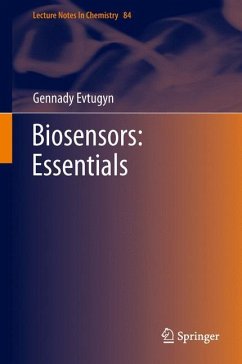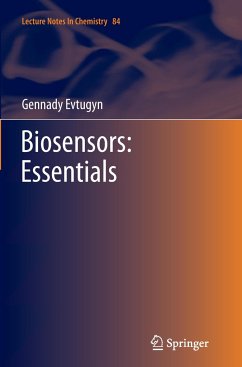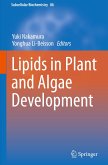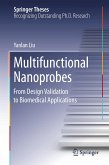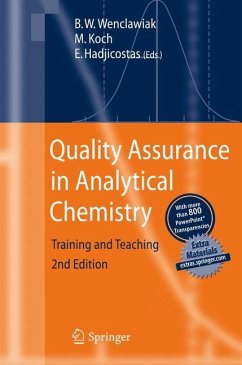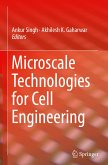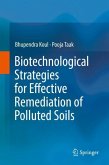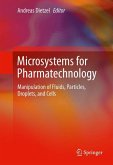Today, biosensors are broadly applied in research, clinical diagnosis and monitoring, as well as in pharmaceutical, environmental or food analysis. In this work, the author presents the essentials that advanced students and researchers need to know in order to make full use of this technology. This includes a description of biochemical recognition
elements, such as enzymes, antibodies, aptamers or even whole cells. Various signal transducers such as electrochemical and optical transducers, luminescence devices and advanced techniques such as quartz crystal microbalances and MEMS systems are covered as well. Current applications are introduced through various case studies, rounded out by a forward-looking chapter on the prospects for biosensor development offered by nanotechnology, lab-on-a-chip, and biomimetic systems.
elements, such as enzymes, antibodies, aptamers or even whole cells. Various signal transducers such as electrochemical and optical transducers, luminescence devices and advanced techniques such as quartz crystal microbalances and MEMS systems are covered as well. Current applications are introduced through various case studies, rounded out by a forward-looking chapter on the prospects for biosensor development offered by nanotechnology, lab-on-a-chip, and biomimetic systems.
From the book reviews:
"This book is a useful introductory reading for undergraduate and graduate students, as well as for researchers in the related subjects of chemistry and biology ... . is well organized and covers the basic principles of biosensors, with emphasis on the main biological recognition elements and on the physical signal transducers used for the development of these devices, which are clearly and concisely described. ... a useful book for students and researchers interested in a general overview of this topic." (María Cruz Moreno-Bondi, Analytical and Bioanalytical Chemistry, Vol. 406, October, 2014)
"This book is a useful introductory reading for undergraduate and graduate students, as well as for researchers in the related subjects of chemistry and biology ... . is well organized and covers the basic principles of biosensors, with emphasis on the main biological recognition elements and on the physical signal transducers used for the development of these devices, which are clearly and concisely described. ... a useful book for students and researchers interested in a general overview of this topic." (María Cruz Moreno-Bondi, Analytical and Bioanalytical Chemistry, Vol. 406, October, 2014)

